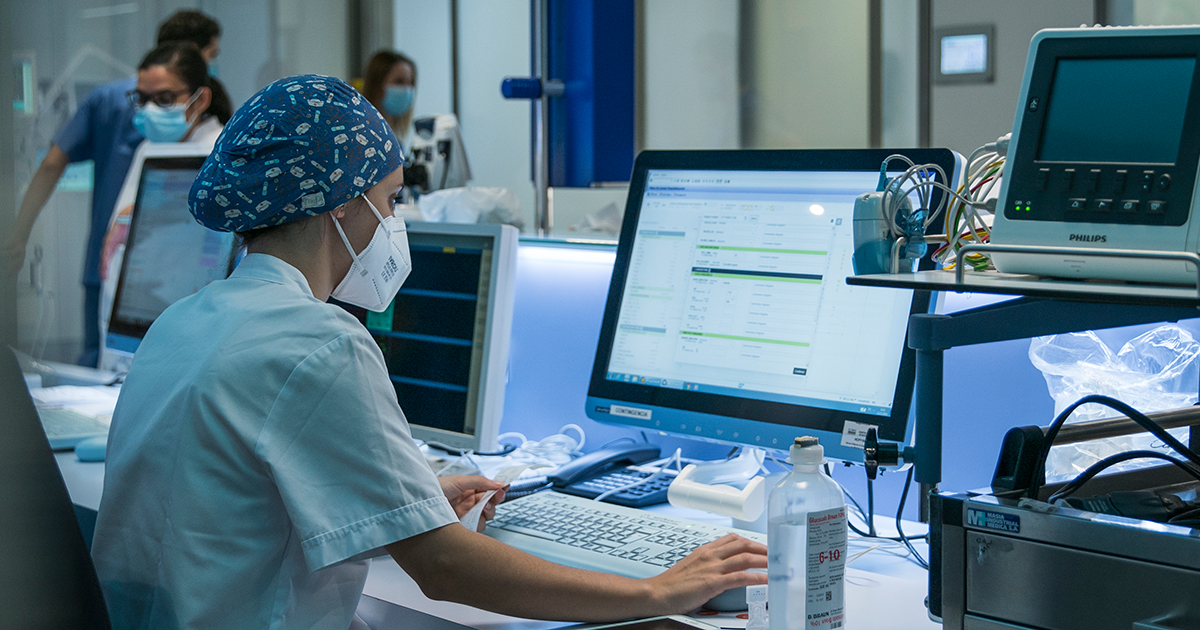Hospitals are far more than places of treatment; they are sanctuaries of hope and healing. The significance of ambiance and design within these healthcare spaces cannot be overstated. Over the years, hospitals have embraced innovative installations that go beyond Tube Cuivre dégraisser equipment to create environments conducive to recovery, comfort, and overall well-being.
Art for Healing Art installations in hospitals have proven to be more than just decorative elements. They serve as powerful tools for reducing stress and anxiety among patients, families, and healthcare workers. Whether it’s vibrant paintings, soothing murals, or intricate sculptures, art has a profound impact on the healing process. Studies have shown that exposure to art can lower blood pressure, alleviate pain, and even shorten hospital stays.
Nature Integration Incorporating nature into hospital spaces is another transformative approach. Green walls, rooftop gardens, and indoor plant installations bring the outdoors inside, offering a sense of tranquility and promoting faster recovery. Patients confined indoors often find solace in the presence of natural elements, which can significantly enhance their mental and emotional well-being.
Interactive Technology Cutting-edge technology installations have also found their way into hospital settings. Interactive displays, virtual reality experiences, and interactive games serve multiple purposes beyond entertainment. They distract patients from discomfort, aid in rehabilitation exercises, and provide therapeutic interventions, especially for pediatric patients.
Music and Soundscapes The use of music and sound installations has gained traction in hospitals for their therapeutic benefits. From live musical performances to carefully curated soundscapes, music has a calming effect on patients, reducing stress and anxiety. It can also improve mood and create a more positive environment for healing.
Innovative Lighting Lighting plays a crucial role in creating a healing environment. Installations of adjustable lighting systems that mimic natural daylight cycles can regulate patients’ circadian rhythms, improving sleep patterns and overall recovery. Moreover, dynamic lighting designs contribute to a comforting ambiance and aid in creating a sense of normalcy in an otherwise clinical setting.
Wellness Spaces Some hospitals have dedicated areas for wellness installations such as meditation rooms, yoga studios, or relaxation zones. These spaces provide patients, families, and staff with an opportunity to unwind, meditate, or practice mindfulness—a crucial aspect of holistic healing.
Community Engagement Projects Many hospitals engage with local artists, schools, and communities to create collaborative installations. These projects not only beautify the hospital environment but also foster a sense of community and support. They can serve as symbols of resilience and hope, inspiring all those who interact with them.
As hospitals continue to recognize the importance of holistic care, these installations evolve as integral components of the healing process. They transcend the traditional notion of hospitals as sterile, clinical spaces, transforming them into therapeutic environments that prioritize the overall well-being of patients, families, and healthcare professionals alike.
The future of hospital installations holds the promise of further innovation and creativity, continually redefining the boundaries of healing environments. As technology advances and design philosophies evolve, these installations will continue to play a pivotal role in enhancing the healing experience, making hospitals not just places for treatment but havens for holistic recovery and rejuvenation.
